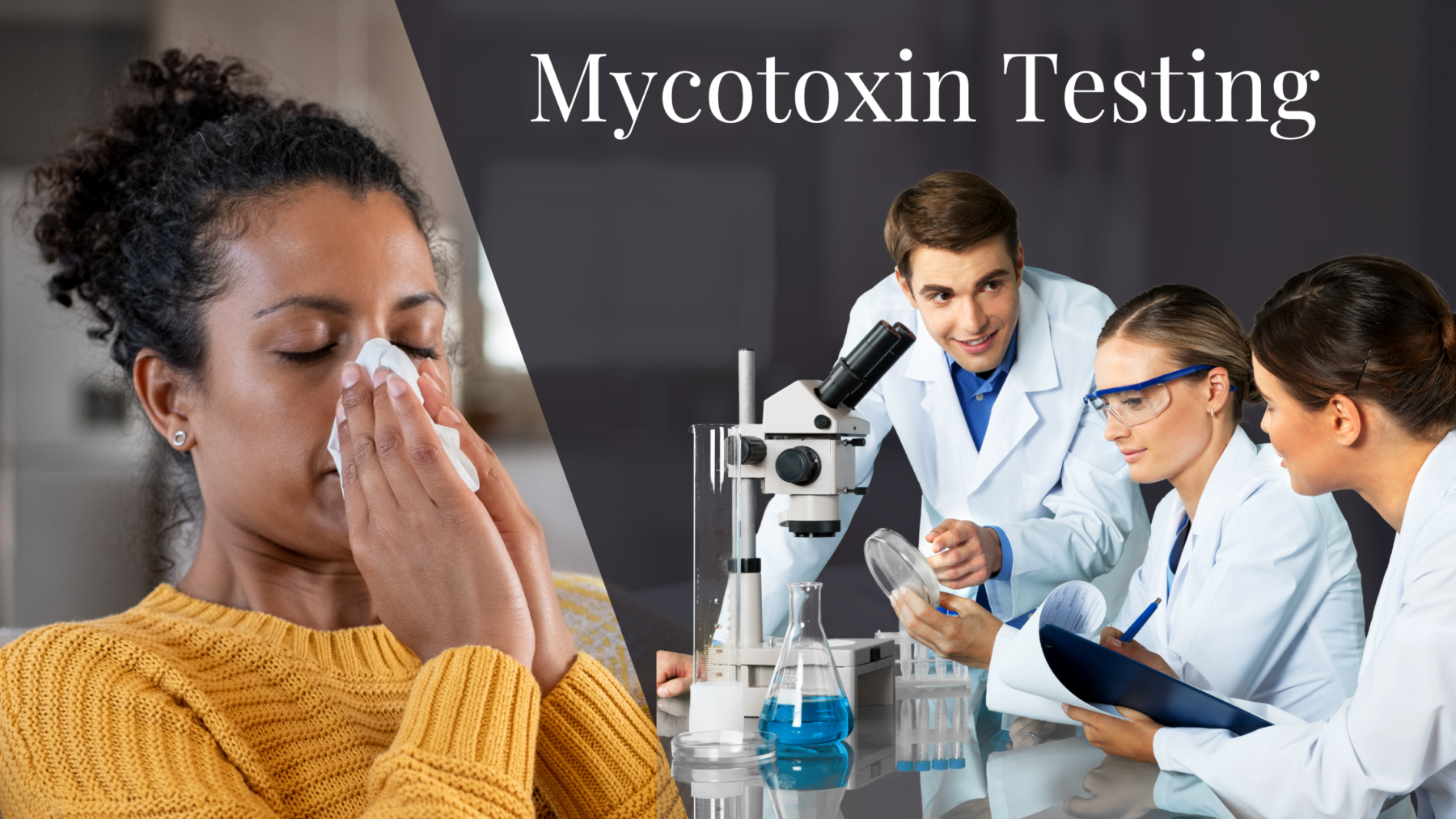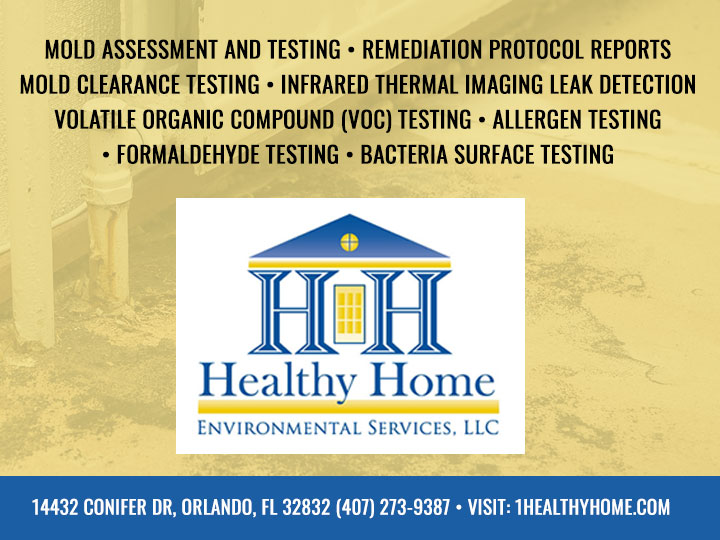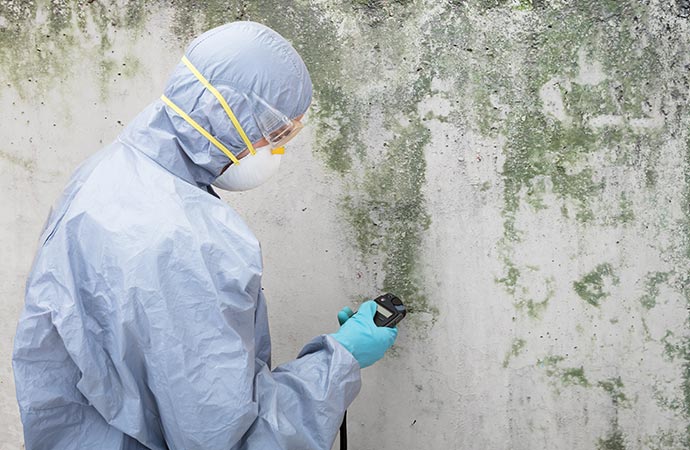Ensuring Compliance With Rules: the Function of Mycotoxin Evaluating in Quality Assurance
Making certain conformity with rigorous policies is paramount for preserving food safety, and the role of mycotoxin testing in high quality control can not be overemphasized. Mycotoxins, toxic compounds produced by particular mold and mildews, posture substantial health threats, making their discovery important in food production. Adherence to regulatory standards, such as those set by the FDA and EU, requires durable screening methods and innovations to identify and evaluate these impurities. By implementing extensive testing methods, business can protect against potential health and wellness dilemmas, prevent costly recalls, and preserve customer trust fund. The complexities of these testing processes elevate crucial inquiries about their effectiveness and performance.
Recognizing Mycotoxins
Understanding mycotoxins is fundamental to ensuring the top quality and safety of farming products. The most notorious mycotoxins consist of aflatoxins, trichothecenes, ochratoxins, and fumonisins, each associated with particular ecological problems and fungal varieties.
The visibility of mycotoxins in food items can bring about severe and persistent health issues, including liver damage, immune suppression, and carcinogenic impacts. Their discovery and quantification are essential components of quality control in agricultural and food sectors. The intricacy of mycotoxin contamination requires a diverse strategy, employing sophisticated analytical techniques such as fluid chromatography, mass spectrometry, and enzyme-linked immunosorbent assays (ELISA) By comprehending the sources, types, and impacts of mycotoxins, stakeholders in the agricultural industry can much better apply preventative actions and alleviate risks, making sure much safer consumption for end-users. This understanding creates the bedrock whereupon effective mycotoxin monitoring techniques are built.
Regulative Criteria for Mycotoxins
Having actually developed a fundamental understanding of mycotoxins and their influence on food safety and security, it is imperative to assess the governing standards controling their existence in agricultural products. Governing requirements for mycotoxins are crucial since they define permitted restrictions, ensuring food safety and security and shielding public health and wellness. Various worldwide and national agencies have actually set these limitations based upon extensive risk evaluations.
The Codex Alimentarius Compensation, a worldwide body established by the FAO and WHO, gives standards and maximum permitted degrees for various mycotoxins in food and feed. For instance, the Codex has established limits for aflatoxins in peanuts, maize, and dried figs, among various other products. These standards are often adopted or adapted by specific nations to fit their details requirements.
In the European Union, Regulation (EC) No 1881/2006 specifies maximum levels for numerous mycotoxins, such as aflatoxins, ochratoxin A, and deoxynivalenol, in different foodstuff. The U.S. Food and Drug Management (FDA) has established action levels for mycotoxins like aflatoxins in commodities such as grains and nuts.
Adherence to these governing requirements is crucial for keeping market access, customer trust, and public health and wellness. Non-compliance can cause considerable economic losses and wellness dangers, underscoring the relevance of strict mycotoxin testing methods.
Checking Approaches and Technologies

ELISA is extensively appreciated for its fast and cost-efficient screening capabilities, making it suitable for high-throughput environments. It relies upon antibodies to detect details mycotoxins, providing outcomes in a reasonably short time framework. Nonetheless, its sensitivity may be limited compared to much more sophisticated techniques.
HPLC, on the other hand, stands out in offering quantitative analysis with high accuracy and precision. It divides intricate mixes right into individual parts, making it highly effective for identifying and measuring several mycotoxins simultaneously - Mycotoxin testing Services. This technique, while much more resource-intensive and time-consuming than ELISA, uses a greater level of dependability

LC-MS stands for the pinnacle of logical specificity and sensitivity. Combining the separation power of liquid chromatography with the discovery abilities of mass spectrometry, LC-MS can identify also trace degrees of mycotoxins. This approach is essential for validating the presence of mycotoxins in forensic and governing contexts, ensuring compliance with strict security standards.
Executing Testing Procedures

Incorporating these sophisticated testing methods right into a thorough quality assurance structure necessitates a well-structured method to implementing screening procedures. To achieve this, organizations have to first carry out a detailed risk evaluation to recognize possible mycotoxin contamination points within the supply chain. This assessment educates the advancement of a customized screening approach that deals with certain vulnerabilities.
Next, developing standard sampling procedures is critical. Constant tasting makes sure that test results are trustworthy and representative of the entire set (Mycotoxin testing Services). Abiding by guidelines from governing bodies, such as the FDA or EFSA, assists preserve compliance and boosts the integrity of the screening procedure
Training personnel is another pivotal component. Staff must excel in both example collection and the procedure of screening tools. Normal training sessions and certification programs can ensure that staff member remain updated with the most current techniques and regulative adjustments.
Advantages of Mycotoxin Testing
Mycotoxin testing provides many advantages that substantially boost the safety and security and top quality of food and feed products. Primarily, it acts as a crucial control measure to avoid infected products from reaching the consumer market, thus guarding public health. By determining and evaluating mycotoxins such as aflatoxins, fumonisins, and ochratoxins, producers can guarantee that their products meet stringent regulative standards, hence preventing potential lawful repercussions and connected costs.
Additionally, mycotoxin testing adds to the economic practicality of food and feed sectors by minimizing the risk of large product recalls. The ability to detect and isolate infected sets early in the manufacturing process lowers waste and protects against the monetary losses related to damaged brand track record. Furthermore, it fosters consumer depend on and view website commitment, as consumers are increasingly knowledgeable about food safety and security issues and need better requirements.
The application of regular mycotoxin screening also promotes finest techniques within agricultural and production industries. By adhering to rigorous testing procedures, firms can enhance their quality assurance procedures, improve functional efficiency, and ensure the consistent production of risk-free, high-quality products. In conclusion, the advantages of mycotoxin testing are diverse, adding to public health and wellness, economic security, and sector honesty.
Verdict
Mycotoxin testing is important in guaranteeing compliance with governing criteria, therefore maintaining food safety and quality control. Therefore, mycotoxin testing remains an essential element of modern food safety and security management systems.
Guaranteeing compliance with strict policies is critical for preserving food safety, and the function of mycotoxin screening in top quality control can not be overstated.In the realm of mycotoxin screening, progressed techniques and technologies are critical in ensuring food safety and regulatory conformity.Mycotoxin screening offers numerous advantages that considerably improve the security and top quality of food read the article and feed items.Mycotoxin screening is vital in guaranteeing conformity with governing requirements, thereby maintaining food safety and top quality control. Therefore, mycotoxin testing remains an essential part of modern-day food security monitoring systems.